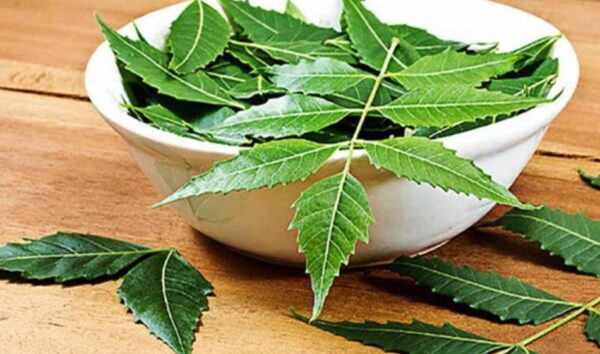Lifestyle
7 powerful herbs that are believed to be a cure for snake bites

Here are seven of the most widely considered and traditionally trusted plants used to treat snakebite symptoms, including those from dangerous snakes like cobras, kraits, and vipers, according to the research.
1. Indian snakeroot
Used for cobra and viper bites, Indian snakeroot is one of the most powerful herbs in traditional snakebite medicine. Its juice is taken orally to counteract venom and reduce systemic effects. This plant has a long-standing trust in Ayurvedic and tribal medicine for calming the nervous system, making it particularly useful when paralysis or agitation occurs. While not a cure, it’s often the first line of herbal defence in critical rural cases until professional care is reached.
2. Neem
Neem serves a dual role because it’s used to test for envenomation and also to treat it. If a person loses the ability to taste neem, chilli, or salt, it means that there is some presence of venom. For treatment, neem leaves are chewed or their juice is taken to purify the system. The plant’s bitter compounds are believed to counteract toxins. Neem is widely available, making it an accessible remedy in rural areas where time is of the essence.
3. Oleaer
Though toxic in high doses, Oleander is carefully used in traditional medicine for Russell’s viper and other venomous bites. The root paste is applied directly to the wound, while juice from the leaves is sometimes taken orally. After consumption, if the person experiences some drowsiness, then white butter is applied as an antidote to balance its sedative effect. This plant should be handled with enough caution, but when handled knowledgeably, it’s a trusted treatment in communities that understand its strength and risks.
4. Portia tree
Primarily used to treat krait envenomation, the Portia tree’s bark juice is taken orally in small amounts, typically between 5 and 10 mL. Known for its anti-inflammatory and detoxifying properties, this tree grows abundantly in coastal and dry regions. Its role in calming the body and helping natural detox makes it a go-to solution when time is short and symptoms are increasingly toxic.
5. Castor
Castor leaves are used internally and externally. The juice, diluted with water, is taken orally to induce vomiting and reduce the impact of the venom on the system. Simultaneously, a paste of the leaves is applied to the bite. This dual-step treatment is considered highly effective by tribal practitioners.
6. Spiny gourd
This plant is lesser-known but potent in its impact, and it is used in multiple ways for treating krait and other venomous bites. Its tuber paste can be mixed with honey and instilled into the eyes; it is a practice believed to pull out venom. Alternatively, the paste or juice is taken orally and applied directly to the wound. The use of honey and eye administration may seem odd, but it comes from generations of empirical knowledge in venom extraction and neutralisation.
6. Apple of Sodom
The sticky sap and leaves of this desert plant are used to form small pills or a thick root paste, and both are taken orally at intervals. Apple of Sodom is believed to neutralise the venom’s effects from within and is commonly known for its strong, bitter compounds. Though toxic in excess, traditional knowledge helps balance dose and timing. It’s widely considered in desert and semi-arid regions, where snake encounters are common and immediate relief is difficult.










